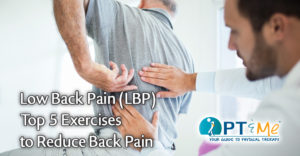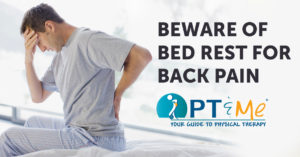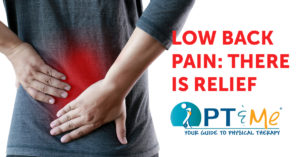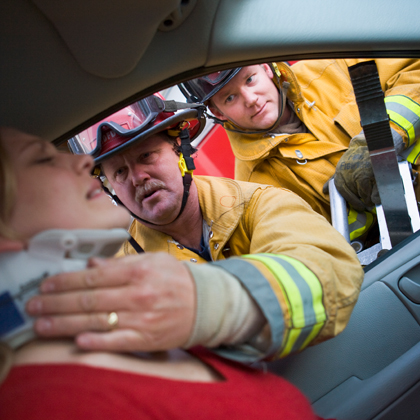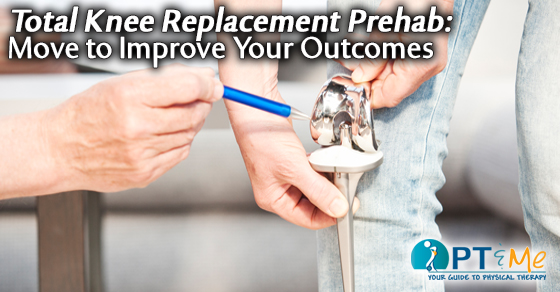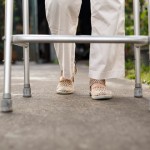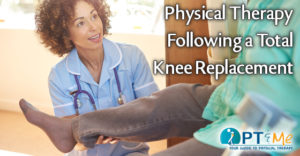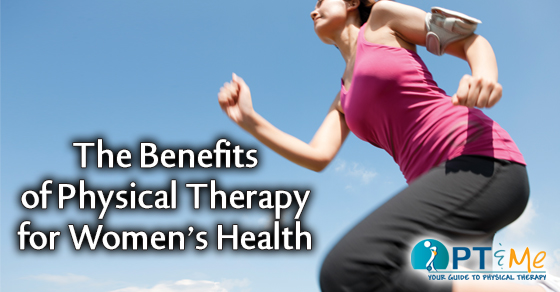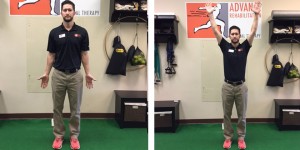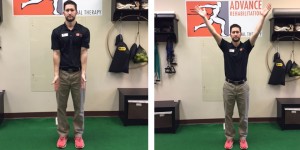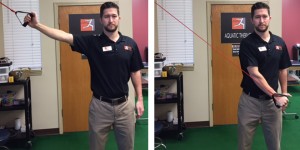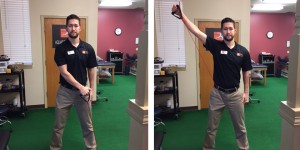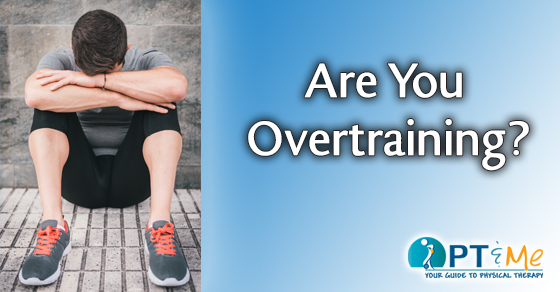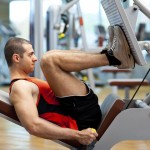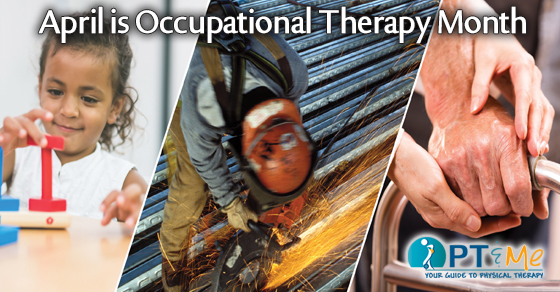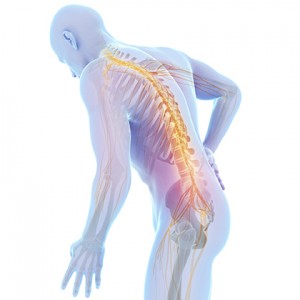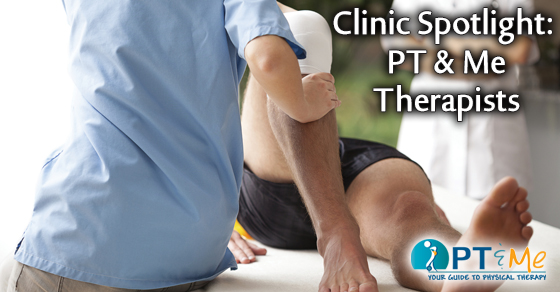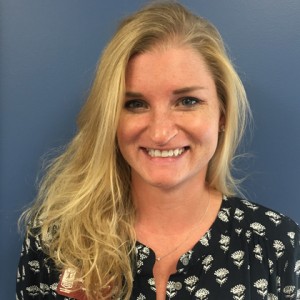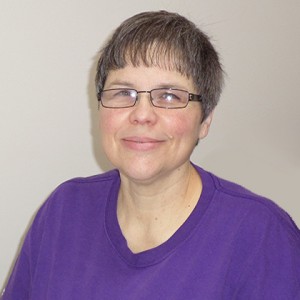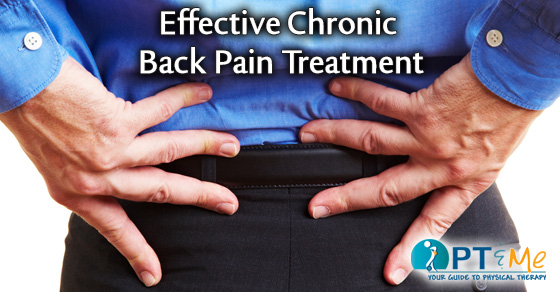
For chronic back pain, exercise, physical therapy, manual therapy and mindfulness-based stress reduction have the best evidence for effectiveness.
Chronic back pain is one of the most frequent reasons people visit the doctor — it’s estimated that 31 million Americans experience low-back pain at any given time. Yet doctors are finding drugs should actually often be the last line of treatment for it. A new guideline out Feb 14th 2017, from the American College of Physicians (ACP) suggests doctors recommend exercise and treatments like heat wraps, yoga, and mindfulness meditation to their patients before turning to medications like opioids or even over-the-counter painkillers. “That marks a big departure from previous guidelines,” Roger Chou, a professor at Oregon Health and Science University, told Vox1. (Chou’s evidence review can be found at: https://goo.gl/MWzWvK)
Why Send Patients to Physical Therapy for Chronic Back Pain?
It is the long term benefits of physical therapy interventions such as multifidus, transversus abdominus and pelvic floor neuromuscular reeducation that benefits your patients.
• Multifidus muscle recovery requires specific, localized, retraining.3
• PT + meds 30% recurrence versus 84% meds only (1 year follow-up).4
• PT + meds 35% recurrence versus 75% meds only (2-3 year follow-up).4
• Less likely to have further healthcare costs.4
Back Pain Conditions Commonly Seen by physical therapists include:
• Low Back Pain (LBP)
• Arthritis Pain
• Strains & Sprains
• Muscle Spasm
• Herniated Discs
• Degenerative Discs
• Radiculopathy/Sciatica
• Piriformis Syndrome
• Sacroiliac Joint Dysfunction
• Scoliosis
• Spondylosis
• Stenosis
In physical therapy our goals are to Improve:
Mobility — Knowledge of Safe Positions — Movement Awareness — Functional Strength — Coordination
“Exercise or alternative therapies, the ACP noted, can work as well as or better than medications, but don’t come with the side effects.1” Physical Therapy is a safe, proven way to treat patients experiencing back pain.
Evidence showed that acetaminophen was not effective at improving pain outcomes versus placebo. Low-quality evidence showed that systemic steroids were not effective in treating acute or subacute low back pain2. (ACP Newsroom)
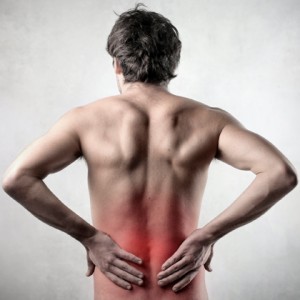
Treatment
We offer a comprehensive approach incorporating manual therapy, prescriptive therapeutic exercise and modalities. Our programs improve the patient’s physical condition and symptoms. We also provide the patient with movement awareness, knowledge of safe positions, functional strength, and coordination. All of this promotes the management of low back pain (LBP).
Treatments offered include:
• Comprehensive Evaluation with an emphasis on determining the source of the problem.
• Individualized & Specific Exercise Programs
• Manual Therapy (hands-on treatment)
• Modalities as Needed
• Progressive Home Program to help restore independence and self-management
Information provided by North Lake Physical Therapy – Portland, OR
To learn more about North Lake Physical Therapy click here.
References:
1. http://www.vox.com/science-and-health/2017/2/14/14609508/doctors-admit-drugs-cant-fix-back-pain
2. https://www.acponline.org/acp-newsroom/american-college-of-physicians-issues-guideline-for-treating-nonradicular-low-back-pain
3. Spine (Phila Pa 1976). 1996 Dec 1;21(23):2763-9. Hides JA, Richardson CA, Jull GA.
4. Spine (Phila Pa 1976). 2001 Jun 1;26(11):E243-8. Hides JA, Jull GA, Richardson CA.
For more information about back pain physical therapy click the links below.
